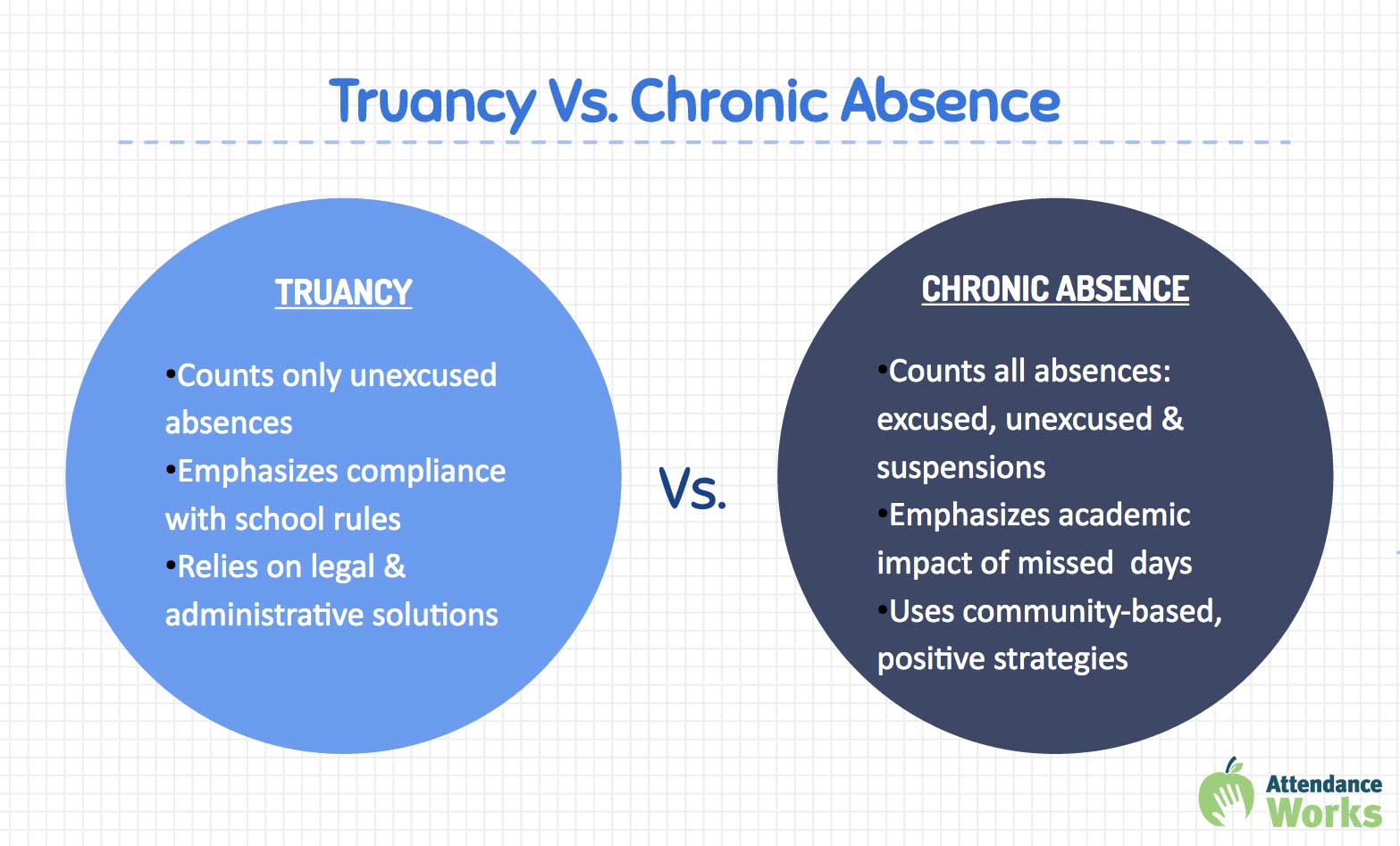
School Attendance
The Facts!
-
Absenteeism in the first month of school can predict poor attendance throughout the school year. Half the students who miss 2-4 days in September go on to miss nearly a month of school.
-
Absenteeism and its ill effects start early. One in 10 kindergarten and first grade students are chronically absent.
-
Poor attendance can influence whether children read proficiently by the end of third grade or be held back.
-
By 6th grade, chronic absence becomes a leading indicator that a student will drop out of high school.
-
Research shows that missing 10 percent of the school, or about 18 days in most school districts, negatively affects a student’s academic performance. That’s just two days a month and that’s known as chronic absence.
-
Students who live in communities with high levels of poverty are four times more likely to be chronically absent than others often for reasons beyond their control, such as unstable housing, unreliable transportation and a lack of access to health care.
-
When students improve their attendance rates, they improve their academic prospects and chances for graduating.
-
Attendance improves when schools engage students and parents in positive ways and when schools provide mentors for chronically absent students.


To report a child's absence, please call:
Mary E. Silveira: (415) 492-3741
Lucas Valley: (415) 492-3730
Vallecito: (415) 492-3752
Miller Creek Middle School: (415) 492-3760, Option 1
This site provides information using PDF, visit this link to download the Adobe Acrobat Reader DC software.
